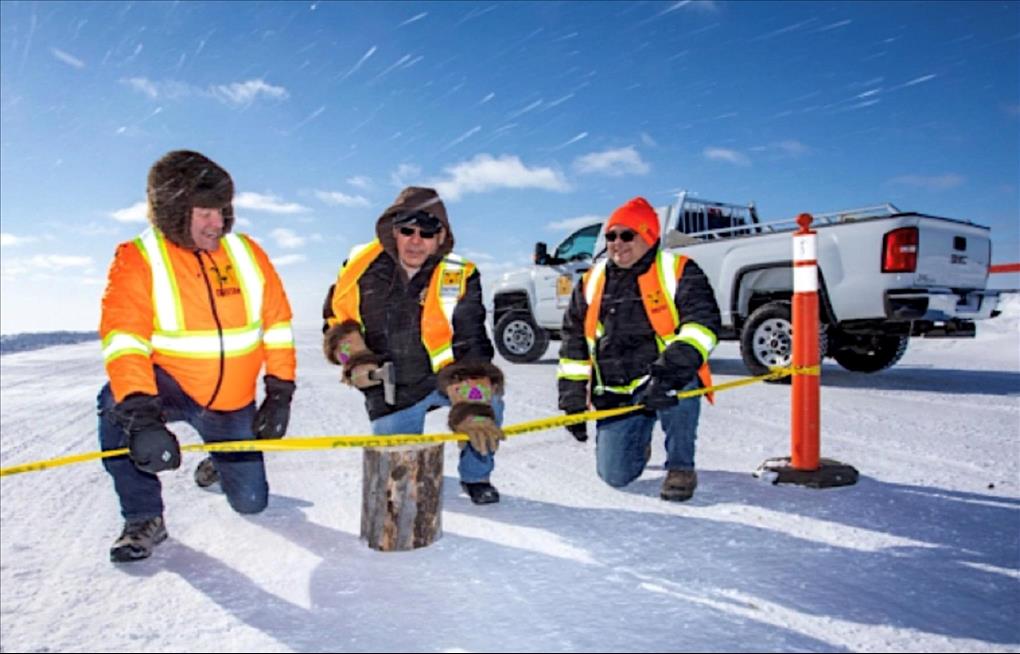
Rare earth riddle: China has US by the throat
(MENAFN- Asia Times) The facts are nothing short of startling.
A high-tech F-35 stealth fighter jet contains 920 lbs. of rare earth elements (REEs).
Each US Navy Arleigh Burke-class AEGIS destroyer has 5,200 lbs., and a Virginia-class submarine has 9,200 lbs.
These three commodities are also key to the future of alternative energy, electric vehicles, mobile phones, and even headphones.
Combine that with the fact that 80% of all American rare earth supplies come from China.
A nation now run by leader, Xi Jinping, who recently ordered his Marine Corps — in an act of sheer madness, or, to up the ante on the US — to prepare for war.
This gives the Chinese the ability to choke off the West's economies while the struggle to produce the vital elements elsewhere is mounted.
Meanwhile, the Biden administration is reeling from a disastrous showing in Anchorage last week, where Chinese officials launched a history-making vindictive diatribe, attacking everything America stands for, and then some.
(If you want a sobering read, check out Bhim Bhurtel's excellent piece, How China drew a red line in Anchorage.)
Biden has issued an executive order calling for a 100-day review of defense industrial supply chains — but is that enough for a crisis that looms larger with every passing day?
David Zaikin, a Ukrainian-born Canadian citizen working in London, is the CEO of Key Elements Group and founder of the Mining Club at the London Business School.
'China is out there and is trying to win every race globally. The West must do everything it can to subvert its efforts and find alternative nations to work with,' Zaikin told Inside Sources .
'The good news is that there are friendly nations like Canada, Australia, and India that are naturally very rich in rare earths. They are well-positioned to bridge the gap in potential rare earths shortages, or in the event those are weaponized by the PRC,' he says,
'The bad news is that it takes a long time to begin commercial production, and the right time to start was yesterday.'
Even President Donald Trump — not exactly the sharpest knife in the proverbial drawer — saw the danger and signed an executive order last September that called on the federal government to examine alternatives including ramping up domestic production.
'Our country needs critical minerals to make airplanes, computers, cell phones, electricity generation and transmission systems, and advanced electronics. Though these minerals are indispensable to our country, we, at present lack, the capacity to produce them in processed form in the quantities we need,' the executive order said.
'American producers depend on foreign countries to supply and process them. For 31 of the 35 critical minerals, the United States imports more than half of its annual consumption.'
The former president's order called for expanding domestic sources of these resources.
Australia has the sixth largest concentration of these elements, and Pentagon plans show a distinct shift toward sources outside China, National Interest reported.
Last August the Pentagon signed a contract with Lynas Corporation — the only significant rare earth processor outside of China — in Western Australia to design work and research on a rare earth separation facility in Texas.
It could take years for the plan to become commercially viable. It announced in February that it will pay US$30.4 million to Lynas USA to accomplish this.
There's no way to know, however, if this Texas plant will produce an adequate supply of rare earth minerals to satisfy the military's needs.
The US must also work with allies such as Canada and Australia to gain control of mines in producing nations like Myanmar and Malaysia to keep the Chinese from gobbling them up.
For example, REE developer Vital Metals has started mining operations at its Nechalacho project, in Canada's Northwest Territories.
The company told Mining Weekly on Friday that the mining fleet had been mobilized to site this week, with mining contractor Det'on Cho Nahanni Construction to start operations within the next few days.
All plant and equipment, including an ore sorter and associated infrastructure, will arrive at the mine site by the end of March, in preparation for rare earth production.
'We have been progressively achieving all the steps necessary to commence mining and rare earth production at Nechalacho over the past 12 months, and mobilization of the mining fleet is another important milestone,' said Vital MD Geoff Atkins.
The Mountain Pass mine, which lies in the Mojave Desert in California, is in production after a hiatus. But that doesn't mean much in terms of Chinese dependence.
The production from California is shipped to China for processing and then shipped back to the United States.
The mine has also been financed by the Chinese, Inside Sources reported.
As a result of the pandemic, China's rare-earth exports totaled just over 35,000 tons in 2020, compared with 46,000 tons the year before.
Experts said that if the world economic downturn continues into the new year, rare-earth exports will likely fall further.
A source with a state-owned Chinese rare-earth company told PRC mouthpiece Global Times in February that there are no restrictions being imposed by China when it comes to rare-earth exports to the US.
'But there could be an export restriction in the future,' the source noted, without further elaboration.
Sources: National Interest, Inside Sources, Mining Weekly, Global Times

Legal Disclaimer:
MENAFN provides the
information “as is” without warranty of any kind. We do not accept
any responsibility or liability for the accuracy, content, images,
videos, licenses, completeness, legality, or reliability of the information
contained in this article. If you have any complaints or copyright
issues related to this article, kindly contact the provider above.


















Comments
No comment